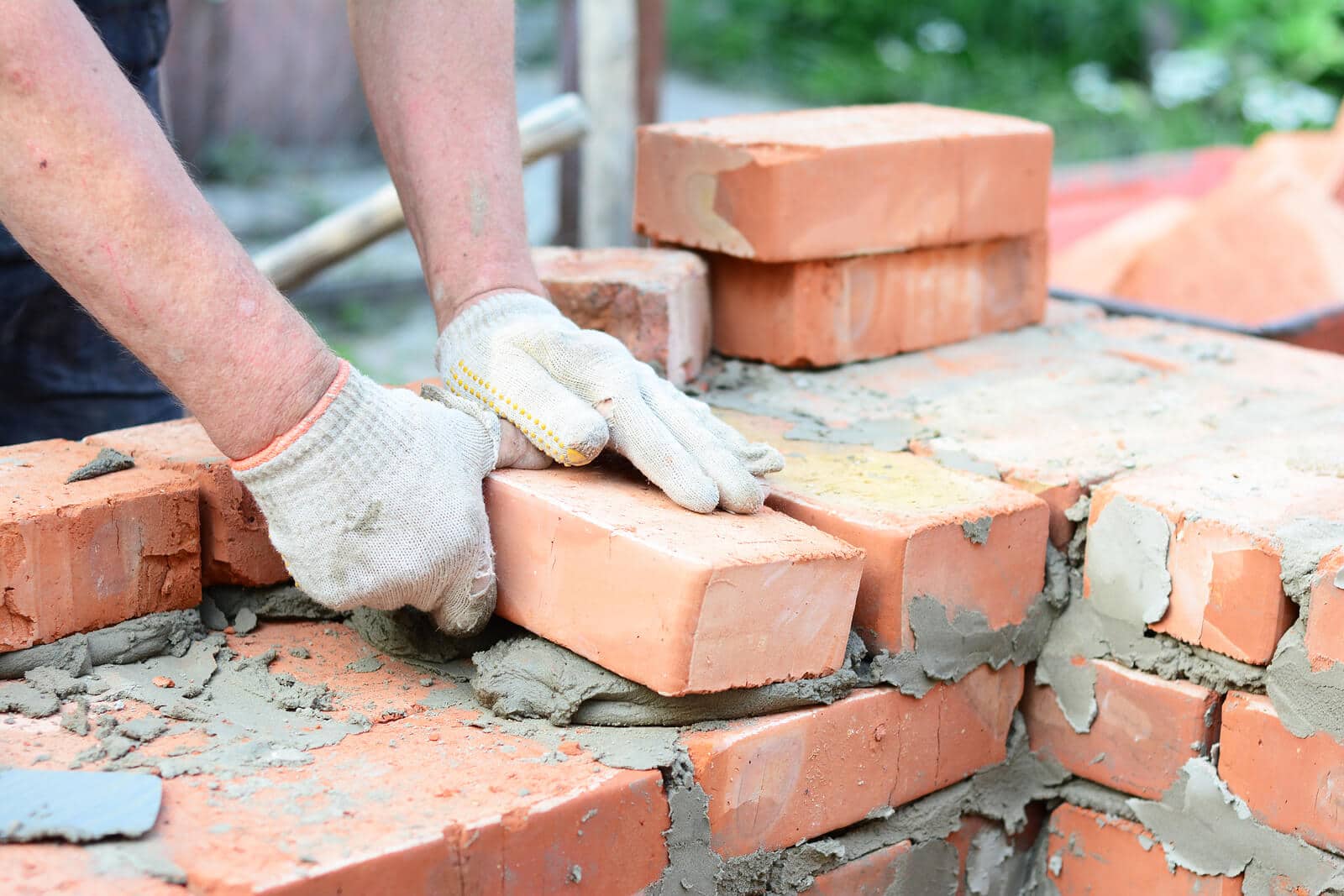Brick masonry is a type of construction that uses bricks as the main building material. Bricks are usually laid in mortar, a type of cement that holds them together and seals out moisture. There are many different types of brick masonry, each with its own advantages and disadvantages. In this article, we will explore the different types of bricks, mortars, and construction techniques used in brick masonry buildings. We will also look at some of the pros and cons of using brick masonry for construction projects.
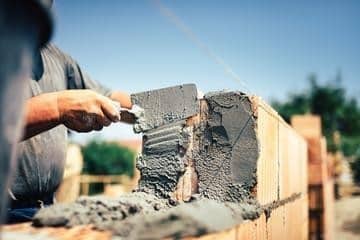
Types of Bricks
There are various types of bricks used in brick masonry construction. The most common types of bricks are:
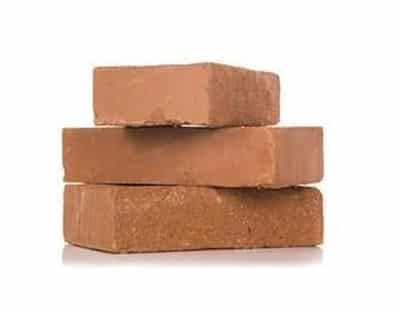
1. Clay bricks
Clay bricks are the most common type of brick. They are made from natural clay and fired in a kiln. Clay bricks are strong, durable, and weatherproof. They are also relatively inexpensive compared to other types of brick.
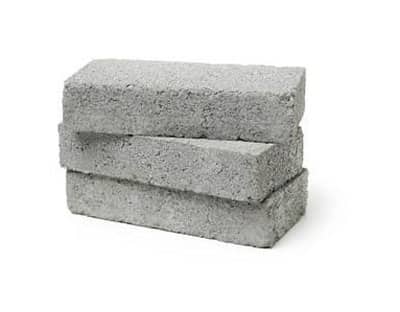
2. Concrete blocks
Concrete blocks are made from cement, sand, and aggregate (usually gravel or crushed stone). They are cheaper to produce than clay bricks, but they are not as durable or weatherproof.
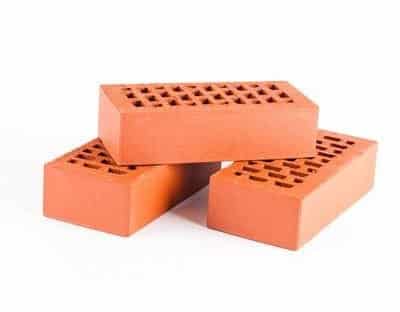
3. Face brick
Face bricks are made from high-quality bricks that are meant for exposed surfaces. They are more expensive than ordinary bricks, but they look nicer and last longer.
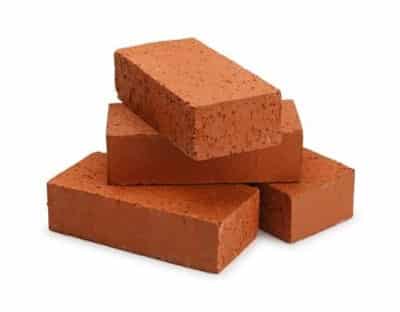
5. Engineering brick
Engineering bricks are made from a special type of clay that is strong and durable. They are commonly used for construction projects where high strength and resistance to moisture are required.
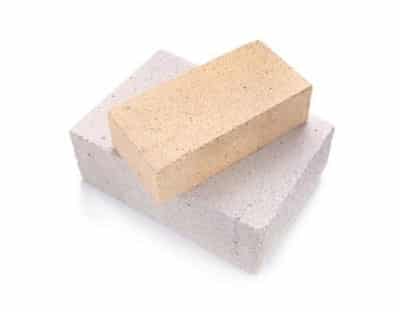
5. Refractory brick
Refractory bricks are designed for high-temperature applications such as fireplaces and ovens. They have a very high melting point and can withstand extreme heat without burning or crumbling.
Types of Brick Mortar Material
There are three main types of mortar material used in brick masonry: clay mortar, cement mortar, and bitumen mortar. Each type has its own advantages and disadvantages:
Clay mortar
is the traditional mortar material used in brick masonry construction. It is made from clay, lime, and water, and has a long lifespan if properly maintained. However, it is not very weatherproof and can deteriorate in wet conditions.
Cement mortar
is a modern alternative to clay mortar. It is made from portland cement, sand, and water, and is much more weatherproof than clay mortar. However, it is less durable than clay mortar and can crumble over time if not properly maintained.
Bitumen mortar
is an exotic type of mortar that is rarely used in construction today. It is made from bitumen (a type of asphalt), lime, and sand, and has excellent waterproofing properties.
Advantages of Brick Construction
Bricks offer a variety of advantages that make them ideal for construction. Some key features include:
Bricks are strong and durable
Bricks are fire-resistant.
Bricks are termite-resistant.
Bricks have a high thermal resistance.
Brick masonry is environment-friendly.
Brick construction is a popular choice for many home and business owners because it offers many benefits. If you are planning a construction project, consider using brick masonry.
Types of Brick Mortar Material
There are two main types of brick masonry work:
Brick Work in Mud
Mud brick work is a very old form of construction that has been used for centuries in India and other parts of the world. It is made with a simple mixture of mud, water, and straw.
Brick Work in Cement
Cement brick work is a more modern type of construction that uses cement as the main binder. This type of brickwork is stronger and less susceptible to weathering than mud brick work.
Brick Masonry Construction
Brick masonry construction is done in the following steps:
- Prepare the foundation.
- Lay the first course of bricks.
- Apply mortar to the bricks and lay them in the desired pattern.
- Fill the joints between the bricks with mortar.
- Continue laying courses of bricks until the wall reaches the desired height.
- Finish the wall with a course of bricks laid in mortar.
The following points should be considered while supervising brick masonry construction:
- The foundation should be level and well-drained.
- Bricks should be laid in mortar of the correct proportion.
- The joints between the bricks should be filled with mortar.
- The wall should be plumb and level.
- The wall should be constructed in accordance with the building code.
Materials and Equipment Used in Brick Masonry Construction
We’ll take a look at the materials and equipment that A-Z Landscaping uses in their brick masonry construction projects. We will start with basics then move on to more specialized tools or even vehicles. These includes:
- Bricks
- Mortar
- Trowel
- Wire brush
- Hammer
- Chisel
- Line level
- Spirit level
- Feather edge
- Brick trowel
- Mason’s hammer
- Brick joiner’s hammer
- Pointing trowel
- Jointer
- Brush
Materials and equipment used in brick masonry construction must be able to withstand the weight of the bricks, the mortar, and the workers. In addition, the materials must be able to resist weathering and corrosion.
Brick Masonry Construction Preparations
A-Z Landscaping’s brick masonry construction preparations include the following:
- Establish the project site and clear it of any debris.
- Excavate the area to be paved, ensuring that the foundation is level and stable.
- Compact the soil beneath the foundation to create a firm surface on which to build.
- Install drainage pipes and trenches if necessary.
- Apply a layer of mortar to the foundation, using a trowel.
- Begin laying the bricks in a staggered pattern, pressing them firmly into the mortar as you go.
- Allow the mortar to dry completely before applying a sealant or finishing coat.
Brick Masonry Construction Procedure
The following steps should be followed in brick masonry construction:
- Establish the foundation for the brick masonry construction. This can be done with concrete, blocks, or other materials.
- Begin laying the bricks in a staggered pattern. This will create a stronger wall.
- Use a level to ensure that the bricks are aligned correctly.
- Apply mortar to the top of each brick before setting it in place. This will help to hold the bricks together and keep them in place.
- Allow the mortar to dry before continuing with the next row of bricks.
Points Considered in Supervising Brick Masonry Constructions
A-Z Landscaping oversees all aspects of the brick masonry construction process, from the initial planning stages through to the finished product. Some of the key points we consider when supervising a brick masonry project include:
- Choosing the right type of brick for the project.
- Ensuring accurate measurements and proper placement of bricks.
- Checking mortar consistency and ensuring it is applied correctly.
- Making sure that all construction details are followed correctly.
- Inspecting the finished product to ensure compliance with all standards and requirements.
Classification of Bricks Based on Size Modification
The five types of bricks are varied depending on size modification. Among these are:
- Nominal brick is the standard size of a brick. It is used for construction in areas where the soil is suitable for brick masonry construction.
- Working or cut brick is a brick that has been cut to a size that is different from the standard size. It is used for construction in areas where the soil is not suitable for brick masonry construction.
- Standard bricks are the most commonly used type of brick. They are available in a variety of sizes and shapes.
- Modified bricks are used for special applications such as fireplace surrounds and chimneys.
- Special bricks are used for decoration or to achieve a certain look.

